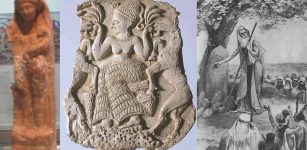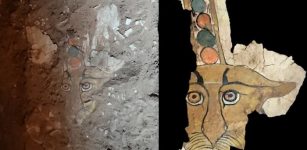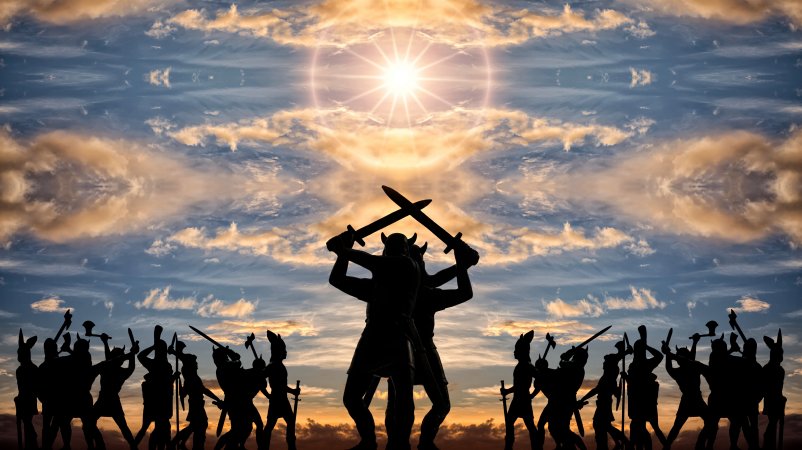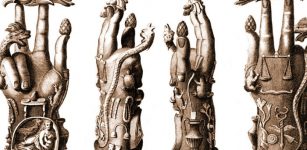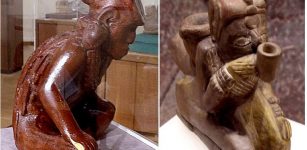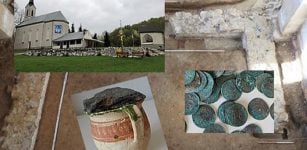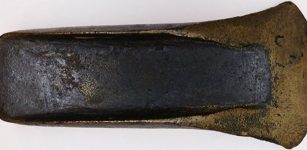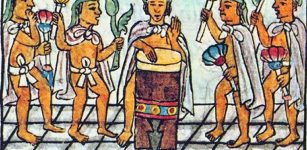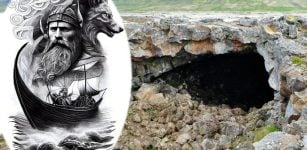Leshy: King Of The Forest And His Invisible Hut In Slavic Beliefs
MessageToEagle.com – As the “Master of the Forest” and the “Ruler of the Animals”, he was considered by the ancient Slavs as the one and only rightful owner of every forest.
In our first article we called him “Leshy” but this mythological character has many names depending on the region where the Slavic people live.
He is a frequent character of Russian fairy tales, Polish, Belarusian, Serbian and other legends described him as forest uncle, forester, forestry man and he is known under many different names.
His residence is always the same: a dense forest but also sometimes a wasteland.
As a guardian of his domain, Leshy watches that no one in his vast, green household is harmed. Generally, his nature is rather neutral and his behavior towards humans depends to a large extent on their attitude to the forest.
He is kind to good people helping them to find a clear path out of the woods, but he can easily confuse others make them walking in circles.
He often appears as a man with an unnaturally white face, his growth varies depending on the height of the trees. Forests are always full of sounds, but remember, some of these mysterious sounds come from Leshy who claps his hands, whistles, laughs or cries like a wind.
In ancient Polish beliefs, Leshy or ‘Borowy’ (as he is usually called) survived until the end of the 19th century but ‘officially ‘his status significantly changed in 966, when Christianity arrived to Poland and Leshy was identified by Christian priests as a devil.
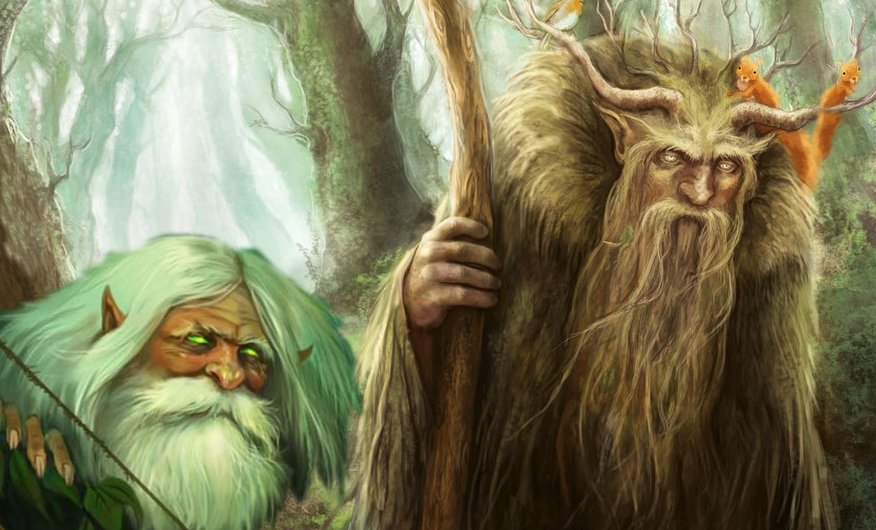
However, hunters – always aware of his presence in the forest – still continued to respect him because they wanted him to favor them well during hunting.
See also:
Leshy: Master Of Forest And Wildlife In Slavic Beliefs
Herne The Hunter – The Horned God And Lord Of The Forest In British Mythology
Forest In Ancient Beliefs: Powerful Realm Of Good And Evil, Ghosts, Gods And Monsters
More Fascinating Myths And Legends
Thus the Slavic “Master of the Forest” officially became the devil Boruta, the hero of many legends and his name has survived to this day, although his imagination has changed considerably through the ages.
Russians from the old days also gave him different names and in legends of Belarusian peasants, he has one eye and one foot, on which the heel is in front. He is also a great magician or we can say, a shapeshifter, who for the sake of a joke, can suddenly change into a pine, a stump, a hummock, a fungus and spread out in white moss.
Storytellers talk about his rapid transformation into bears, bird, hares, wild goats, stallions, dogs, and many other animals. Leshy, shapeshifter of the woods, can also take a human disguise but his shaggy hair, horns and goat legs betray him.
A beautiful legend tells that once a priest’s daughter disappeared while strolling in the forest. It happened three years ago. In the village, in which her parents dwelt there lived a bold hunter who went daily roaming through the woods with his dog and his gun.
One day he was going through the forest and suddenly the dog began to bark, and the hair of its back bristled up.
The hunter looked and saw lying in the woodland path before him a log, and on the log there sat a peasant plaiting a shoe. And as he plaited the shoe, he kept looking up at the moon, and saying with a menacing gesture: “Shine, shine, O bright moon!”
The hunter looked at him surprised. “How comes it,” thinks he, “that the peasant looks like that?—He is still young; but his hair is grey as a badger’s,” he wondered. He only thought these words, but the peasant replied, as if guessing what he meant: “Grey am I, being the devil’s grandfather!”
Then, the young hunter guessed that he had before him Leshy, the “Master of the Woods”, who began to groan and seemed to be going to fall across the log, but directly afterwards he got up and dragged himself into the thickets. After him ran the dog in pursuit, and after the dog followed the hunter. He walked and walked, and came to a hill: in that hill was a fissure, and in the fissure stood a hut.
He entered the hut—there on a bench lay the Léshy stone dead, and by his side a maiden, exclaiming, amid bitter tears: “Who now will give me to eat and to drink?”
“Tell me when you come from and whose daughter you are?” asked the hunter.
“I know not that myself, any more than if I had never seen the free light—never known a father and mother,” she said.
“Well, get ready as soon as you can. I will take you back to Holy Russia.”
So he took her away with him, and brought her out of the forest. And all the way he went he cut marks on the trees.
When they reached the village, the hunter began asking whether there was anyone there who had lost a girl. The old priest came crying: “Why, that’s my daughter.” Up came running the priest’s wife, and cried: “O thou dear child! Where hast thou been so long? I had no hope of ever seeing thee again.”
At first, the girl gazed and just blinked with her eyes, understanding nothing. After a time, however, she began slowly to come back to her senses. Then the priest and his wife gave her in marriage to the hunter and rewarded him with all sorts of good things.
And they went in search of the hut in which she had lived while she was with the Leshy. They wandered and searched one day and night but in vain – the hut vanished.
Copyright © MessageToEagle.com All rights reserved. This material may not be published, broadcast, rewritten or redistributed in whole or part without the express written permission of MessageToEagle.com
Expand for referencesReferences:
A.O. Pilkington, Fairy Tales of the Russians and Other Slavs



